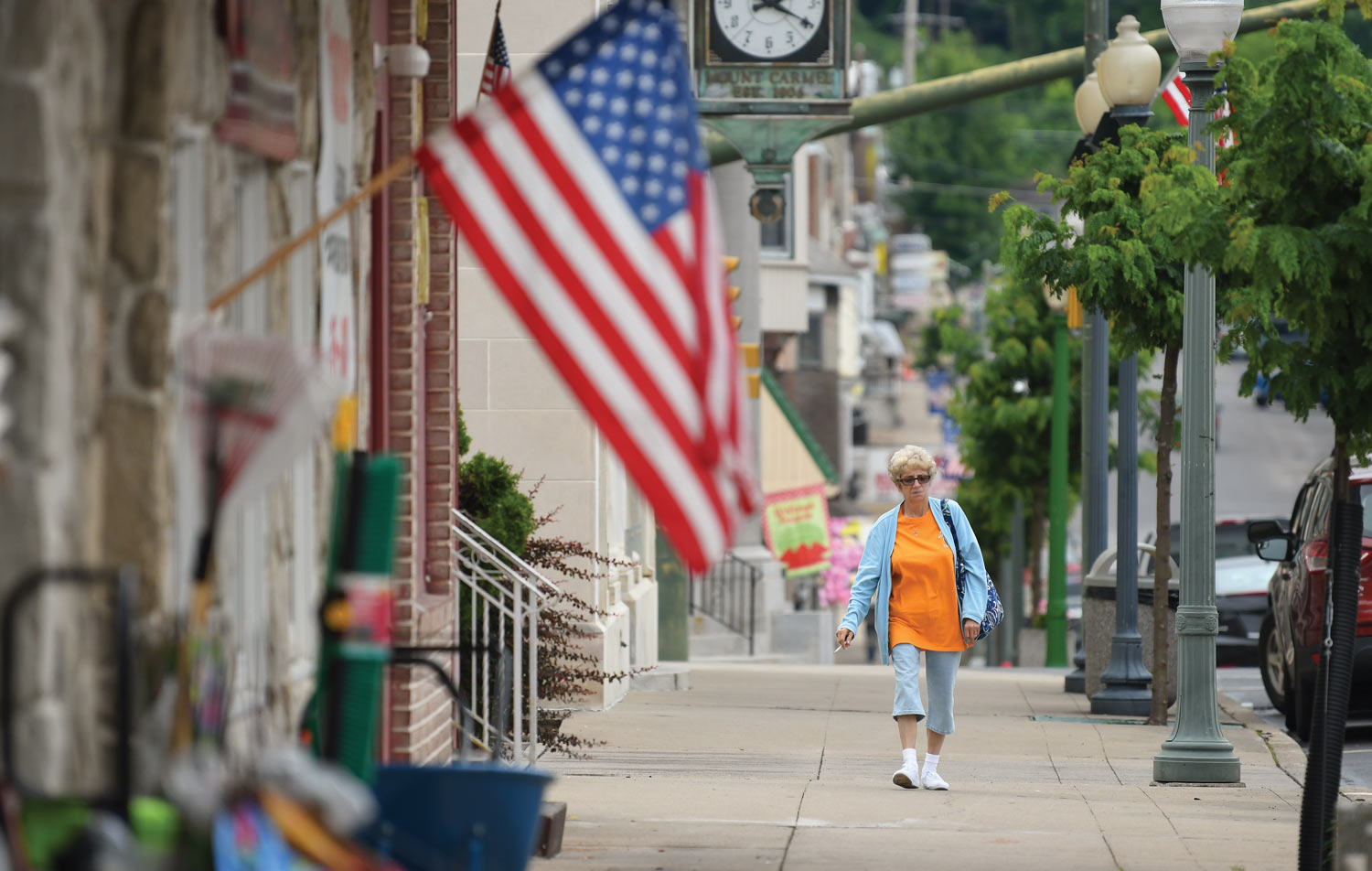

Now, in partnership with the Geisinger health care system, a team of five undergraduate students are learning firsthand about the challenges residents face in receiving quality health care. Students interviewed 40 women from the Mt. Carmel and Shamokin, Pa., area about their health care experiences. Their voices will be incorporated within the data found in their medical records so that doctors may better address patient needs and concerns.
With funding from the Bucknell-Geisinger Research Initiative and the Russell Sage Foundation, the students have discovered that many women lack the time, money or access needed to receive necessary medical attention.
Amid global health crises like COVID-19, social and economic barriers become even more difficult for working-class women to navigate. Those with essential jobs in supermarkets and shipping warehouses are not only at high risk for contracting the virus, but they’re also less likely to seek testing and treatment.
“People who feel they can’t afford care are likely to stay out of the medical system, which only perpetuates the pandemic,” explains Professor Elizabeth Durden, sociology, who serves as the project’s faculty lead. “If these vulnerable populations already distrust doctors, they may be even more reticent to seek care.”
Emily Turner ’22, a sociology major, is working to distill the research team’s interviews into summaries that will help them analyze how socioeconomic status — in addition to gender and race — compound health care inequalities. The summaries will be included in the women’s digital Geisinger health records so doctors can access them.
Combining qualitative and quantitative data creates a well-rounded story about a person’s health, Turner says. It also helps doctors and researchers see how patients might be treated differently for similar symptoms based on race, gender or class.
The combined methodological approach is also one that medical professionals have been advocating, Durden says.
“There have been greater calls by the American Medical Association for qualitative research to be integrated into health care research, but there aren’t a lot of people doing this kind of work,” she says. “We felt like this was a way to make a real contribution to our existing local data sources, especially now.”